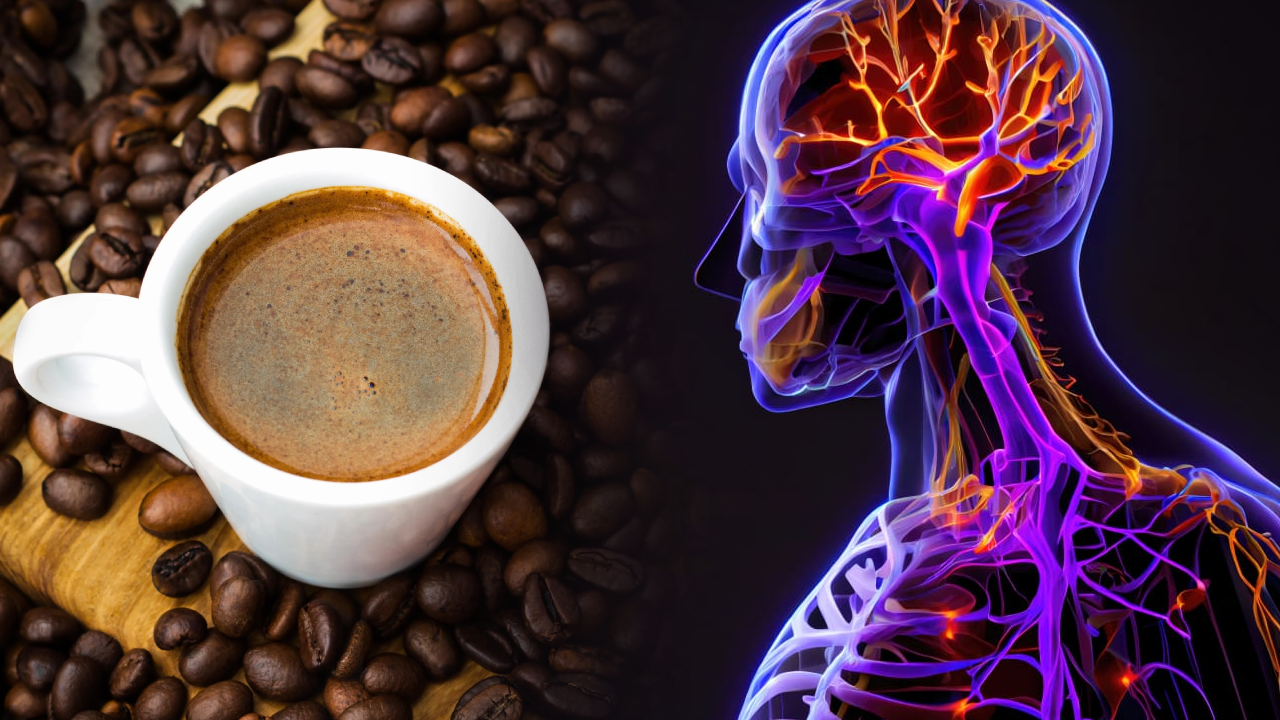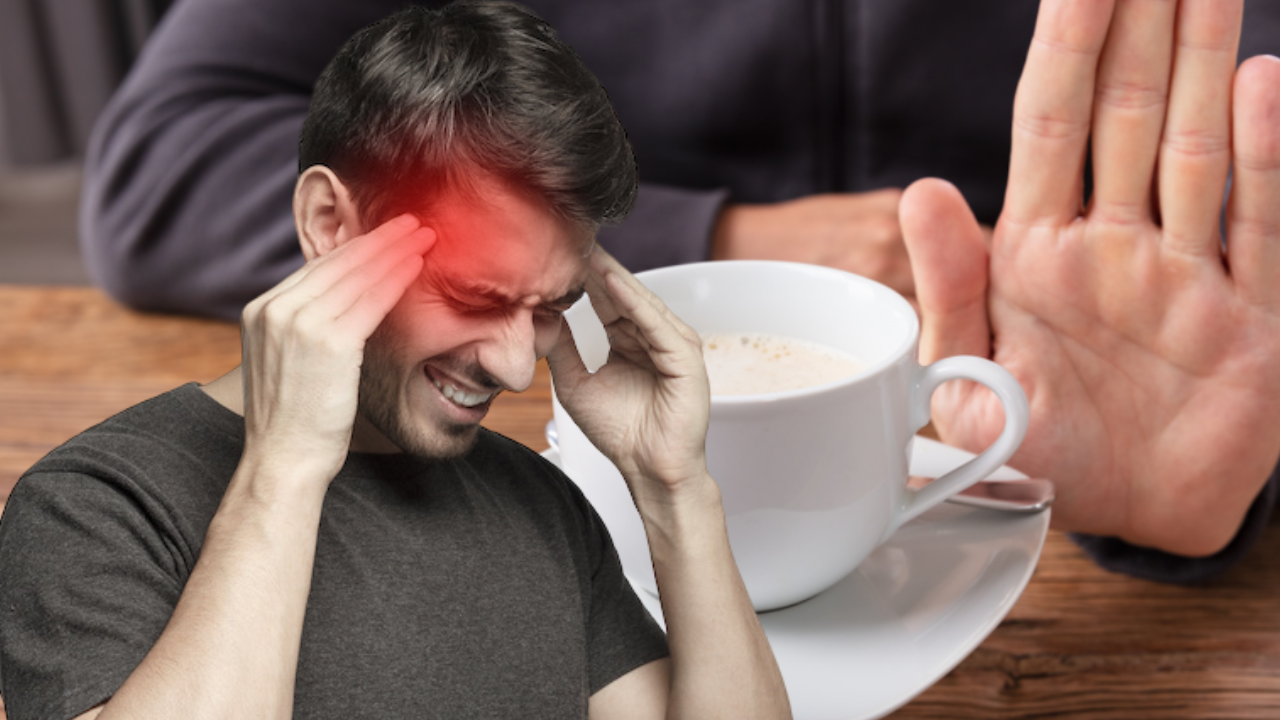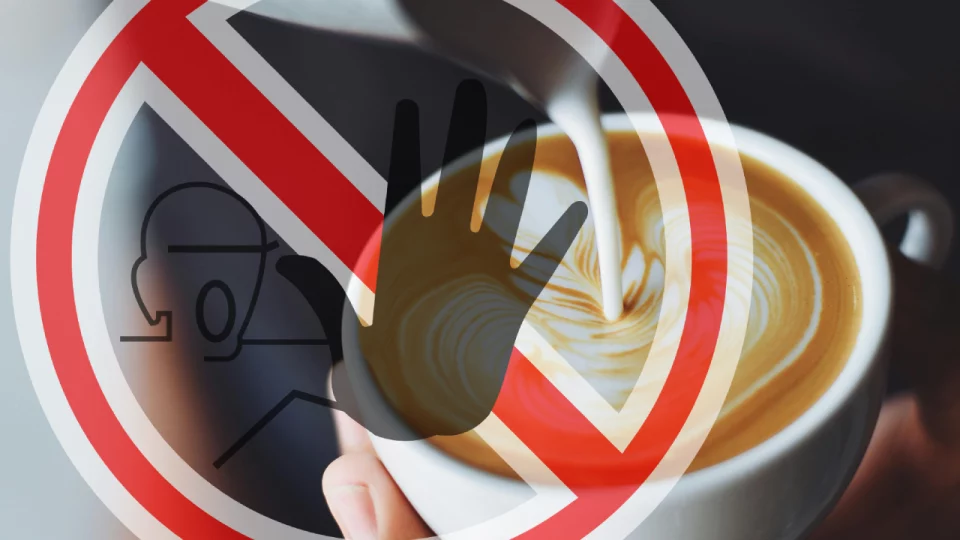Caffeine is one of the most commonly consumed psychoactive substances in the world. Found in a variety of everyday beverages and foods such as coffee, tea, chocolate, and energy drinks, it is widely accessible and socially accepted.
Despite its prevalence, caffeine is a powerful central nervous system (CNS) stimulant that can have significant effects on both physical and mental health. While many people consume caffeine for its stimulating effects, habitual use can lead to dependence and, subsequently, withdrawal symptoms when intake is abruptly reduced or stopped.
Table of Contents
Caffeine: A Central Nervous System Stimulant

Caffeine belongs to the methylxanthine class of compounds and acts primarily as a CNS stimulant. Unlike other psychoactive drugs, caffeine is legal, inexpensive, and largely unregulated in most parts of the world. This has contributed to its widespread use.
People commonly consume caffeine to stay alert, improve concentration, and enhance physical and mental performance. However, regular consumption of caffeine can lead to the development of tolerance, requiring higher doses to achieve the same effects.
The primary mechanism through which caffeine exerts its stimulating effects is by blocking adenosine receptors in the brain. Adenosine is a neurotransmitter that promotes sleep and relaxation. By inhibiting adenosine’s effects, caffeine reduces feelings of drowsiness and increases alertness. Additionally, caffeine enhances the release of other neurotransmitters, such as dopamine and norepinephrine, which contribute to its stimulating and mood-enhancing properties.
The Widespread Use of Caffeine
Caffeine consumption is prevalent across the globe. In North America, for instance, it is estimated that 80% to 90% of adults consume caffeine regularly. The average daily intake in the United States is around 280 mg, which is roughly equivalent to one or two cups of coffee. The primary sources of caffeine in the U.S. include coffee, tea, and soft drinks, with energy drinks gaining popularity in recent years. While moderate caffeine consumption is generally considered safe, excessive intake can lead to adverse health effects, including anxiety, insomnia, and cardiovascular issues.
One of the key concerns associated with caffeine use is the potential for dependence. Regular consumption can lead to physical and psychological dependence, with withdrawal symptoms emerging when caffeine intake is suddenly reduced or stopped.
This phenomenon, known as caffeine withdrawal syndrome, is recognized as a clinically significant condition and is included in the Diagnostic and Statistical Manual of Mental Disorders (DSM-5).
Caffeine Withdrawal: Symptoms and Challenges

When someone who regularly consumes caffeine suddenly reduces their intake or stops altogether, they may experience a range of withdrawal symptoms. These symptoms can be uncomfortable and, in some cases, disruptive to daily life. This article explores the various aspects of caffeine withdrawal, including its causes, symptoms, and strategies for managing it.
Caffeine withdrawal occurs when someone who regularly consumes caffeine reduces their intake or stops consuming it altogether. The body, having become accustomed to the effects of caffeine, struggles to adjust to its absence. The brain, in particular, is affected because it has adapted to the presence of caffeine by producing more adenosine receptors to counterbalance the stimulating effects. When caffeine is no longer present, these receptors are left unblocked, leading to a sudden increase in adenosine activity. This is what causes many of the withdrawal symptoms associated with caffeine cessation.
Caffeine withdrawal can manifest in a variety of ways, and the severity of symptoms can vary from person to person depending on factors such as the amount of caffeine typically consumed, the duration of use, and individual sensitivity to caffeine.
The most common symptoms of caffeine withdrawal include:
- Headaches: One of the hallmark symptoms of caffeine withdrawal is a headache, often described as dull and persistent. This occurs because caffeine constricts blood vessels in the brain. When caffeine consumption is reduced or stopped, these blood vessels dilate, leading to increased blood flow and, consequently, headaches.
- Fatigue and Lethargy: Without the stimulating effects of caffeine, many people experience a significant drop in energy levels. Fatigue and lethargy are common during withdrawal, as the body adjusts to functioning without its usual boost of energy.
- Irritability and Mood Swings: Caffeine withdrawal can also affect mood, leading to irritability, anxiety, and even feelings of depression. This is likely due to the sudden absence of caffeine’s effects on dopamine and other neurotransmitters that influence mood.
- Difficulty Concentrating: Another common symptom is difficulty focusing or concentrating. Many people rely on caffeine to enhance their cognitive abilities, and its absence can make it harder to stay focused and attentive.
- Depressed Mood: Along with irritability, some individuals may experience a depressed mood during caffeine withdrawal. This can manifest as feelings of sadness, low motivation, or a general sense of unhappiness.
- Flu-like Symptoms: In some cases, people may experience symptoms that resemble the flu, such as muscle aches, nausea, and even mild fever. These symptoms are less common but can occur during more severe cases of withdrawal.
- Insomnia or Sleep Disturbances: Interestingly, while caffeine is known to interfere with sleep, some people may experience insomnia or other sleep disturbances during withdrawal. This paradoxical effect may be due to the body’s efforts to recalibrate its sleep-wake cycle.
- Cravings for Caffeine: Finally, it’s not uncommon for people to experience strong cravings for caffeine during withdrawal. This is a natural response as the body seeks to restore the balance it had grown accustomed to.
Caffeine withdrawal symptoms typically begin 12 to 24 hours after the last dose of caffeine and peak within 24 to 48 hours. The duration of withdrawal can vary but usually lasts between two to nine days. In some cases, withdrawal symptoms can be so severe that individuals resume caffeine consumption to alleviate the discomfort, perpetuating the cycle of dependence.

Pathophysiology of Caffeine Dependence and Withdrawal
Caffeine’s ability to block adenosine receptors in the brain is central to both its stimulating effects and the development of dependence. Over time, regular caffeine consumption leads to an increase in the number o adenosine receptors in the brain, making individuals more sensitive to the normal physiological effects of adenosine. When caffeine intake is suddenly reduced, the brain’s heightened sensitivity to adenosine can result in withdrawal symptoms, as the body adjusts to the absence of caffeine.
Interestingly, unlike other drugs of abuse, caffeine does not directly increase dopamine release in the brain’s reward center, the nucleus accumbens. Instead, it increases dopamine release in the prefrontal cortex, an area of the brain associated with attention and planning. This distinction may explain why caffeine, while habit-forming, is not considered as addictive as substances like cocaine or amphetamines. However, caffeine still possesses reinforcing properties that contribute to its widespread use and potential for dependence.
Managing Caffeine Dependence and Withdrawal
For individuals who wish to reduce or eliminate their caffeine consumption, gradual tapering of intake is generally recommended to minimize withdrawal symptoms. Abrupt cessation of caffeine can lead to significant discomfort, making it difficult for individuals to maintain abstinence. By gradually reducing caffeine intake over several days or weeks, individuals can lessen the severity of withdrawal symptoms and increase their chances of successfully overcoming dependence.
In addition to tapering caffeine consumption, various strategies can help manage withdrawal symptoms. Over-the-counter pain relievers, such as ibuprofen or acetaminophen, can be effective in treating headaches associated with caffeine withdrawal. Staying hydrated and getting adequate rest can also help alleviate symptoms such as fatigue and irritability.
For gastrointestinal symptoms, such as nausea or constipation, dietary adjustments and over-the-counter medications may provide relief.
In some cases, individuals may require professional support to manage caffeine dependence, particularly if withdrawal symptoms are severe or if caffeine use is contributing to other health issues.
Healthcare providers can work with patients to develop a personalized plan for reducing caffeine intake and managing withdrawal symptoms. This may involve behavioral strategies, such as identifying and avoiding triggers for caffeine use, as well as monitoring progress and making adjustments as needed.
When to Seek Medical Advice
In most cases, caffeine withdrawal is not dangerous and can be managed with the strategies mentioned above. However, if symptoms are severe or persist for an extended period, it may be a good idea to consult a healthcare professional.
This is especially true for individuals with underlying health conditions or those who are experiencing extreme mood changes or difficulty functioning in daily life.
